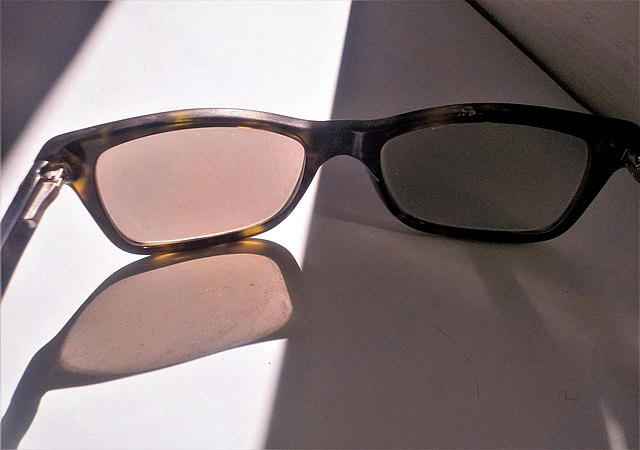
Ocular Disease Diagnosis and Treatment
Our first objective is to protect our patients’ vision so that they can take full advantage of all that life has to offer. In order to provide you with an experience that is as stress-free and fruitful as is humanly possible during your visit to our Eye Care Clinic, we have instituted a policy that requires all members of our staff to remain current on the most recent developments in relevant technology and methods. It is becoming increasingly necessary to visit an eye doctor who possesses all of the appropriate optometry certifications and stays current on the most recent advancements in eye care as optometric technology continues to advance.
We detect and manage disorders such as glaucoma, macular degeneration, cataracts, and diabetic retinopathy with higher precision using cutting-edge technology. These ailments include diabetic retinopathy. The earlier and more specific the diagnosis, the sooner therapy may begin, which in turn leads to better outcomes. Our eye specialist at Akers Pearson Eyecare is able to take a proactive approach to conditions that, in the past, had limited treatment options. There have been significant leaps forward in terms of the treatment of various disorders.
After the age of 55, cataracts become a common reason for vision impairment.
Eye disease caused by diabetes
Diabetes and eyesight problems are closely related. If you have diabetes, you should be aware that having this systemic condition puts you at an increased risk for getting visual problems. This is something that you need to be aware of if you have diabetes.
Macular Degeneration
The macula is the part of the retina that is responsible for clear vision in the center of the field of view and is also involved in the processing of the finer details of the image. Macular degeneration is a disease that refers to the process of the macula deteriorating.
Diagnostic Procedures & Treatment for Glaucoma
Because glaucoma is a problem that gradually worsens over time and causes damage to the optic nerve of the eye, catching it in its early stages is always preferable for the individual who is being tested for it.


















